The BMW Z29 Is A Forgotten Lightweight Concept With M3 Power
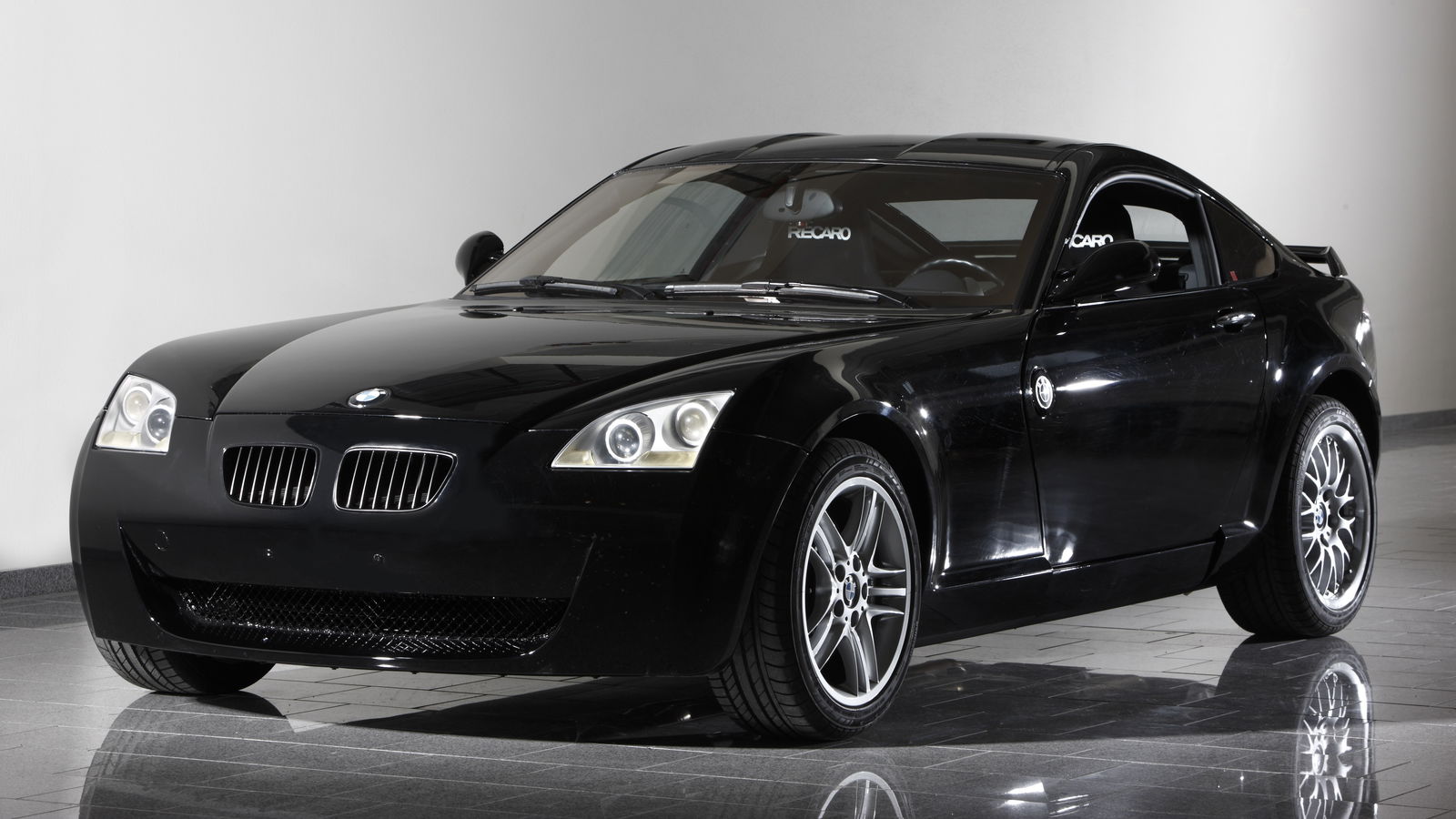
You probably have a solid idea of what BMWs looked like in the noughties, during the then-controversial ‘flame surfacing’ era brought about by Chris Bangle. Lots of unusual angles, flowing contours and rounded surfaces. In other words, nothing like the BMW Z29, a concept dreamed up by the brand’s Technik division in 2001 but not made public until 2006.
In fact, with its headlights straight out of Ford's contemporary 'New Edge' styling playbook, its scissor doors and its tail lights that look like something you'd slap on a car in Need for Speed: Underground 2, the Z29 doesn’t really look like anything that’s come out of BMW before or since. If it weren't for the badges and the telltale kidney grilles, we'd be hard-pressed to even identify it as a BMW at all. Don't get us started on the mismatched wheels, although these were likely there because the Z29 was never intended to sit under a motor show spotlight.
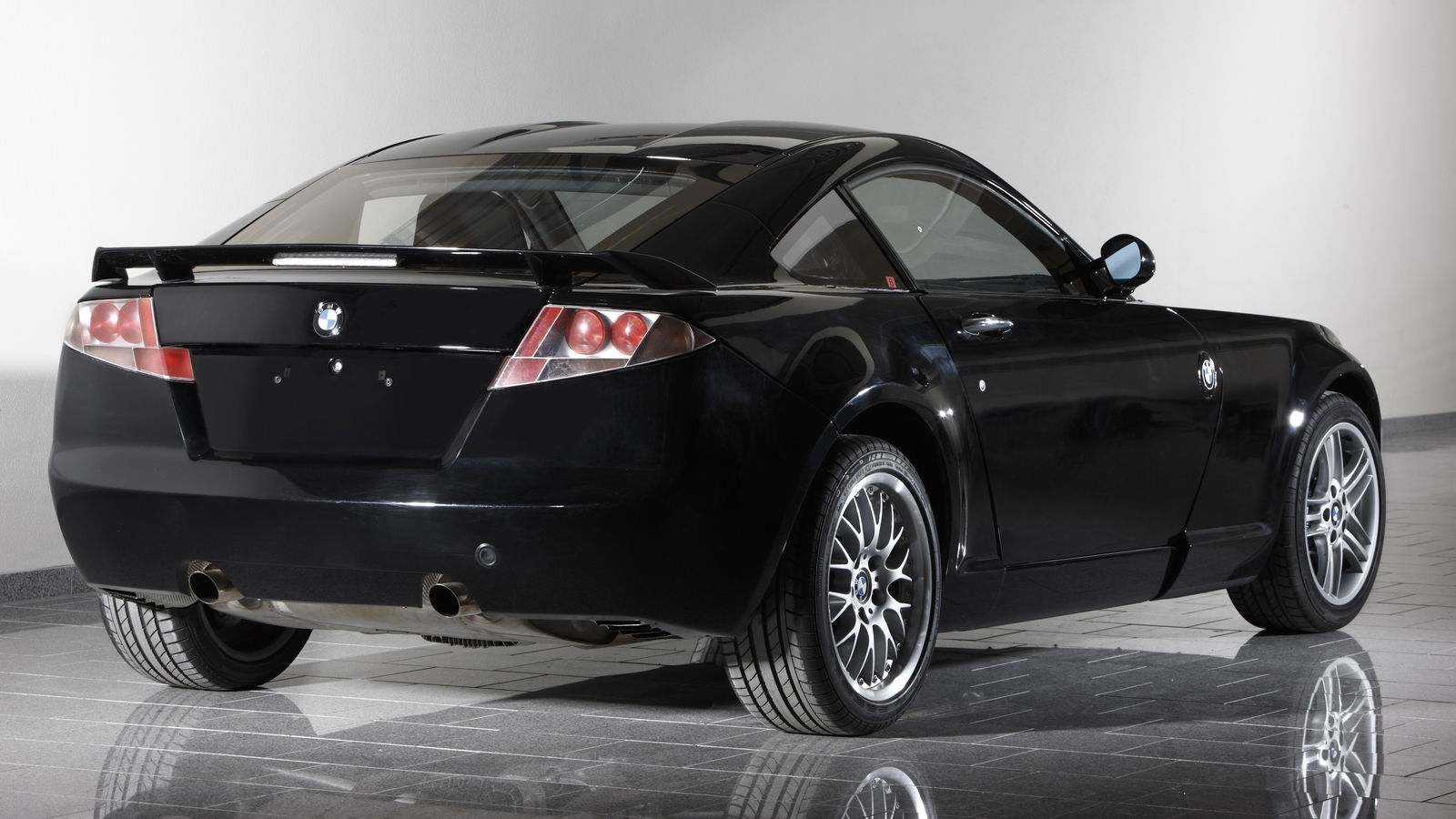
Even more interesting than the way the Z29 looked, though, was why it was built in the first place. It hailed from BMW’s Technik division, a small group tasked with coming up with innovative design and engineering ideas. The division churned out all manner of fascinating concept cars, but of them, only the first – the retractable-doored Z1 – would ever hit production.
With the Z29, its plan was to experiment with lightweight materials and construction techniques, some of which were largely the preserve of top-level motorsport at the time. The central monocoque was made of carbon-fibre reinforced plastics (CFRP), something still rarely seen outside of supercars today. The subframes, meanwhile, were made from aluminium, as was much of the suspension componentry.
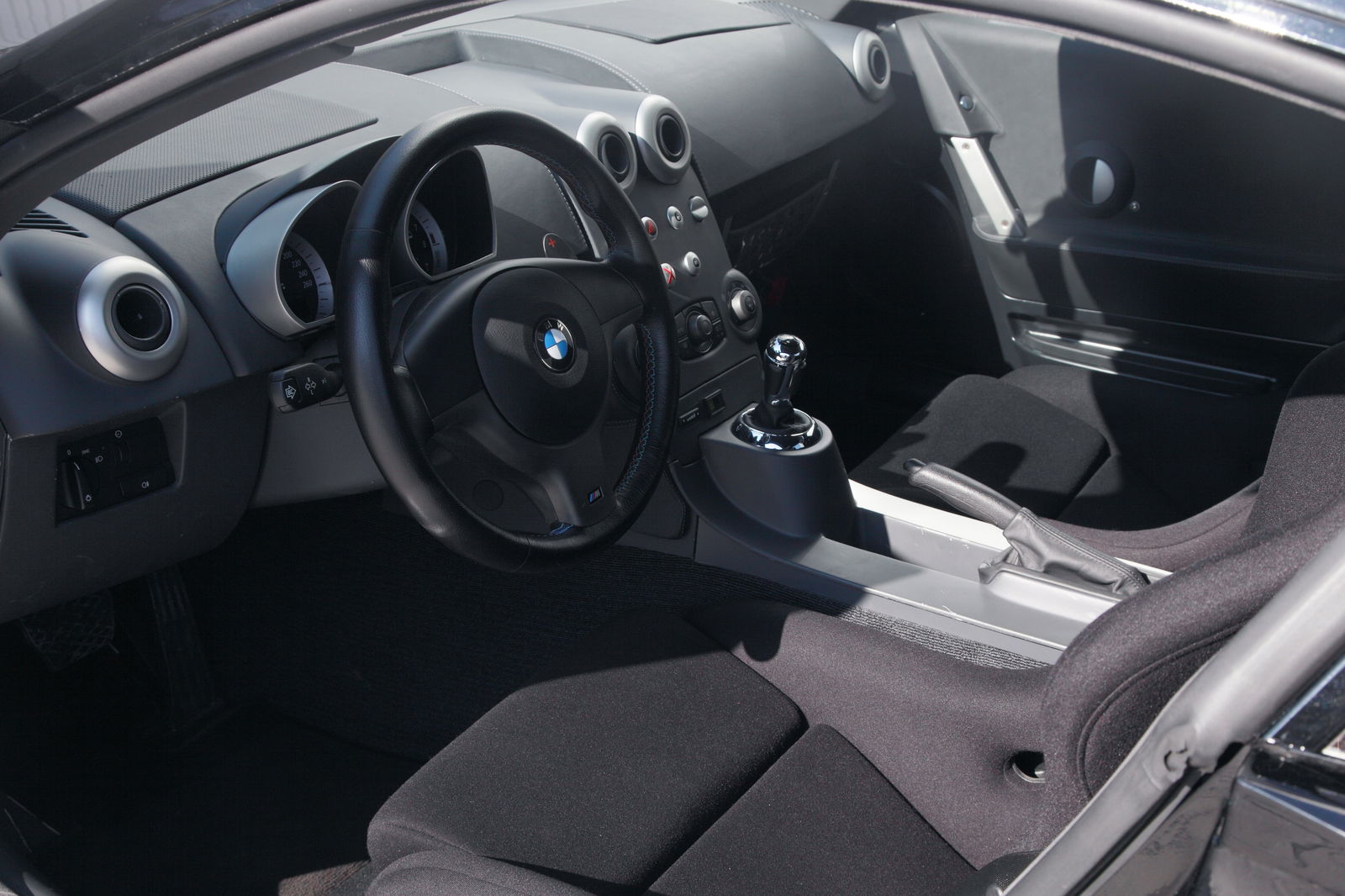
The result of this money-no-object obsession with weight saving was a car with a kerbweight of 1160kg, or just a smidgeon more than that modern-day flyweight champion, the Alpine A110. That makes what was concealed beneath its bonnet all the more tantalising: the 3.2-litre, naturally aspirated S54 straight-six from the E46 M3, producing 338bhp and 269lb ft while cranking out one of the most intoxicating six-pot soundtracks of all time. It was rounded out by that car’s SMG sequential gearbox.
With that much grunt in a car that weighed about as much as a plastic bag, it’s no surprise that it was said to be capable of 0-62mph in just 4.4 seconds and a top speed of 168mph, figures that would have seen it outclass pretty much any contemporary sports car rival.
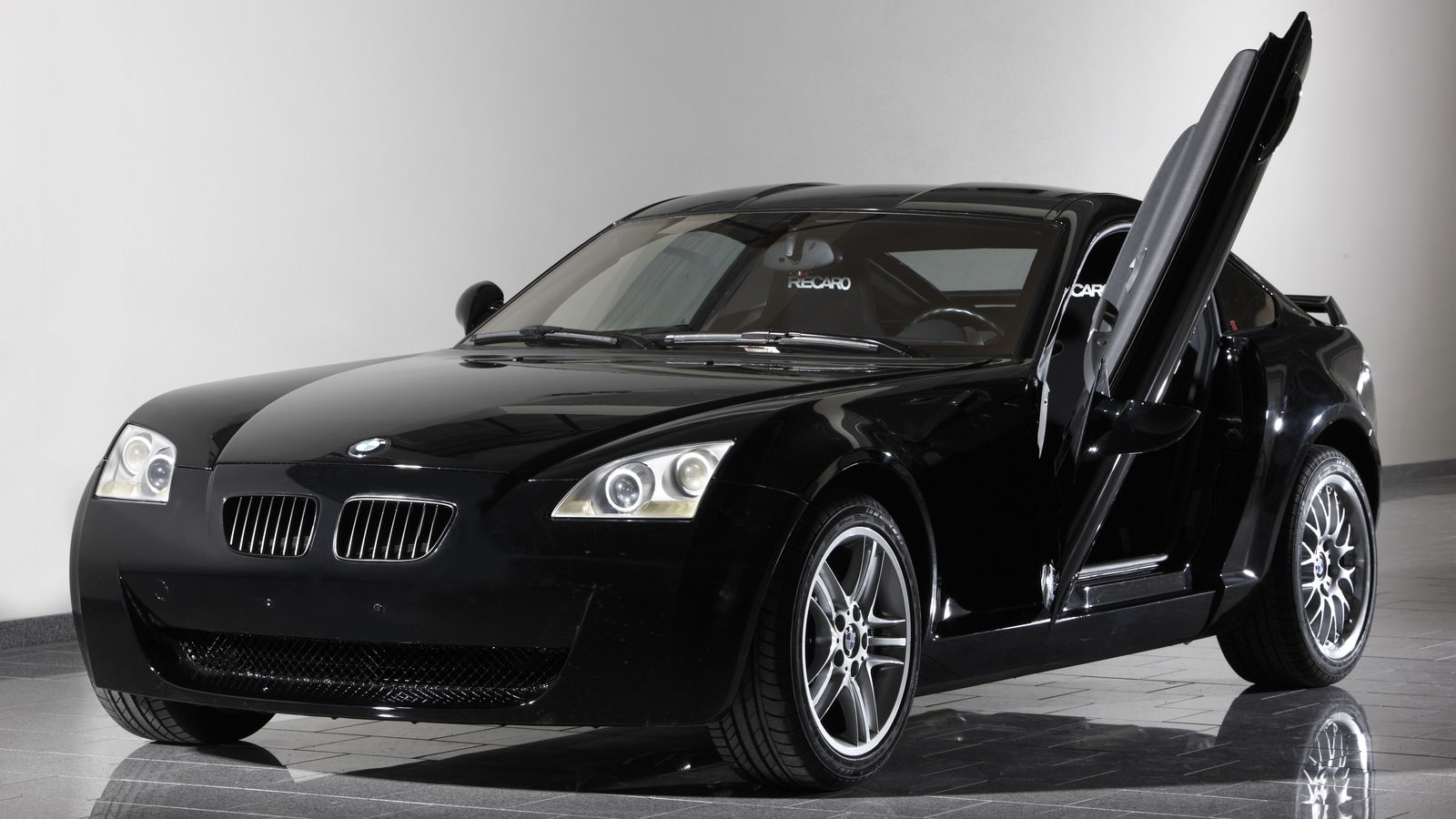
Of course, the Z29 never went into production, but some of the thinking that went into it did eventually find its way into future Beemers. Supposedly, the experimentation with CFRP helped shape the various lightweight elements fitted to the seminal M3 CSL a few years later, and more pertinently, BMW would eventually employ a carbon monocoque on the ahead-of-its-time i3 EV in 2013.
Then, of course, is the fact that the E46 M3’s powertrain would find its way into something with a similar silhouette to the Z29 in 2006 when the Z4 M Coupe arrived on the scene. That was a darn fine car in its own right, but there’s no escaping the fact that it weighed nearly 300kg more than the Z29. Frankly, the cost of actually building a car with such advanced construction techniques probably ruled this forgotten prototype out from ever going on sale, but it’s fun to imagine a world where it did, if a little saddening that we don’t live in it.
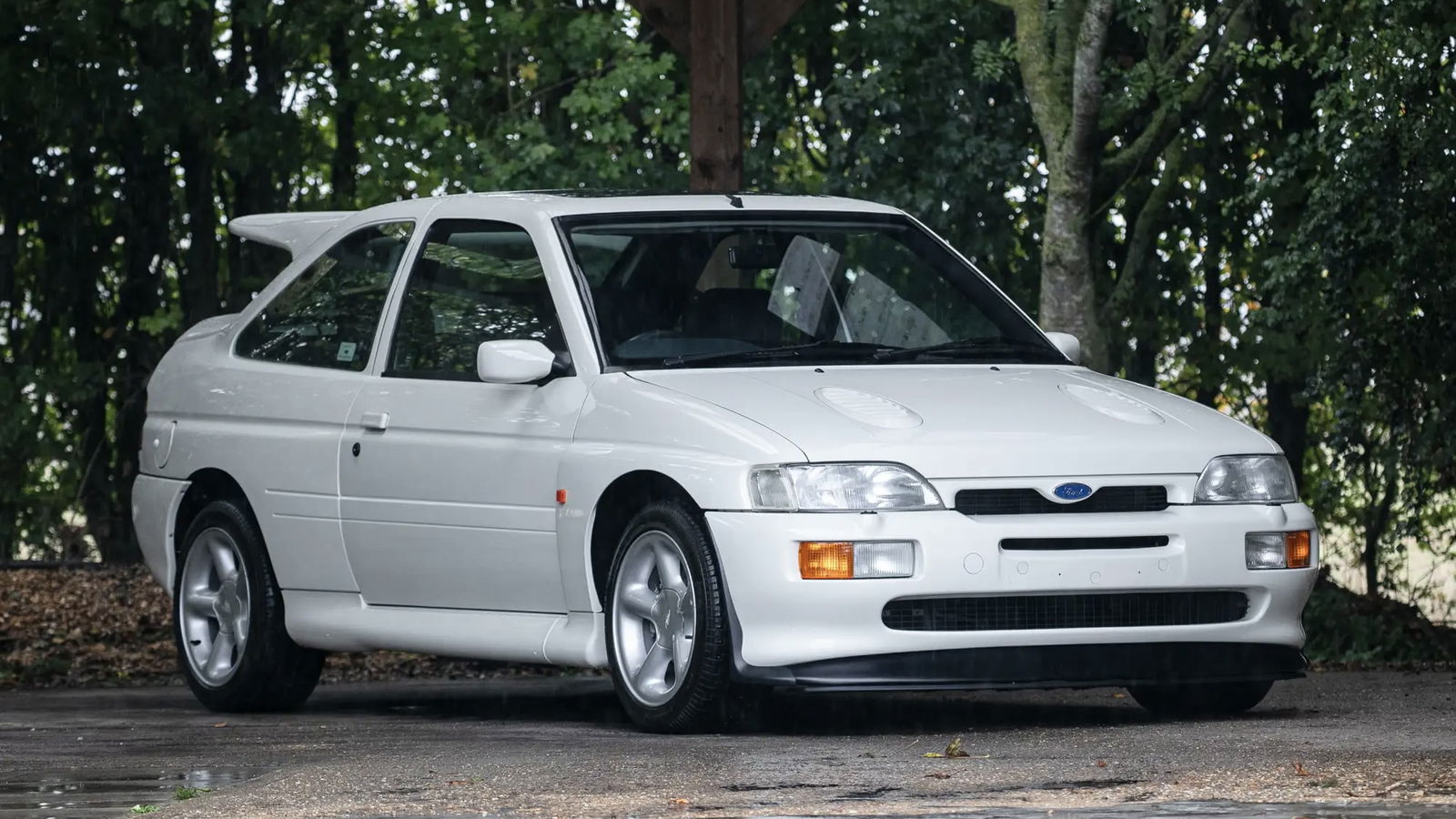
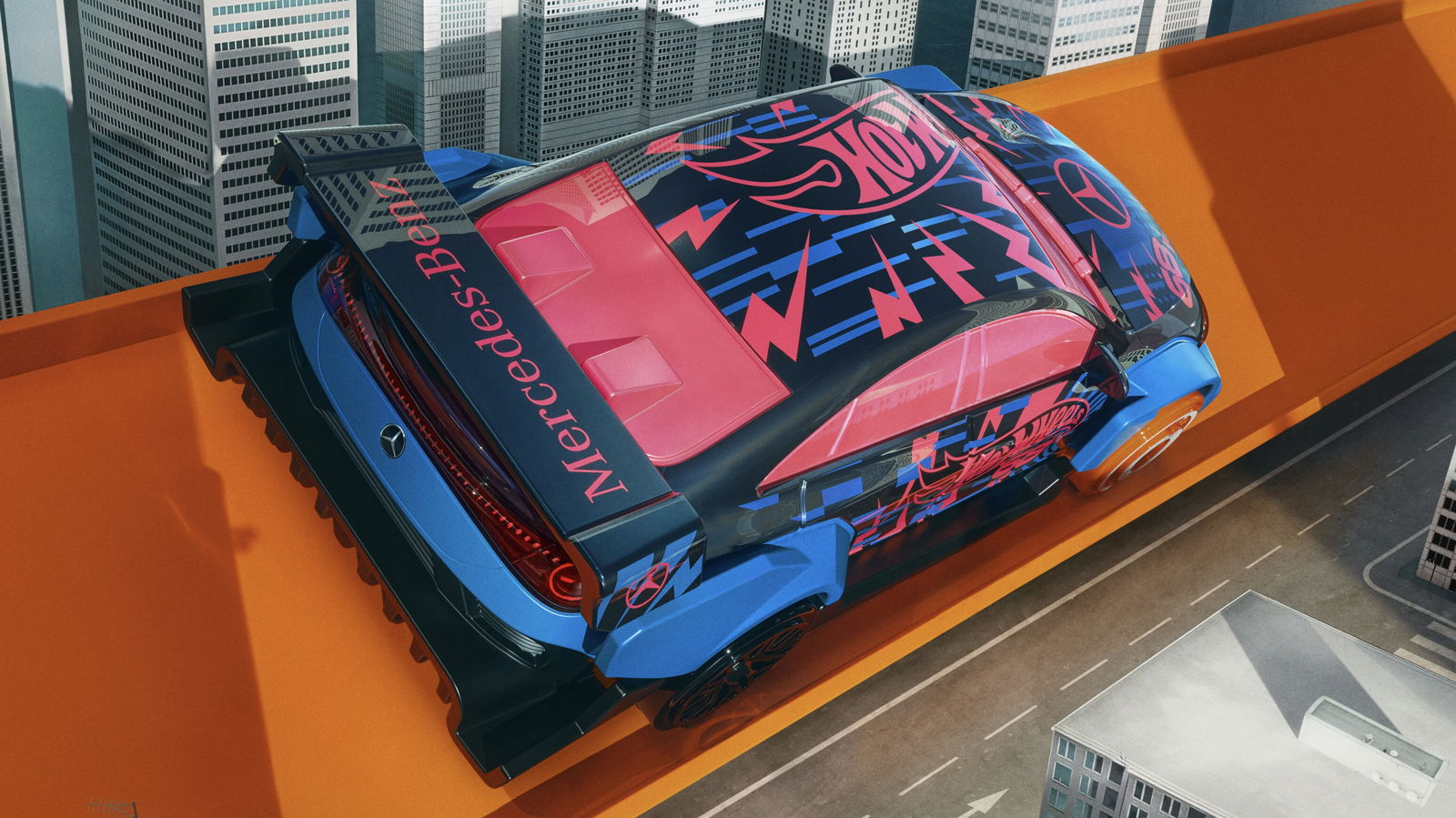







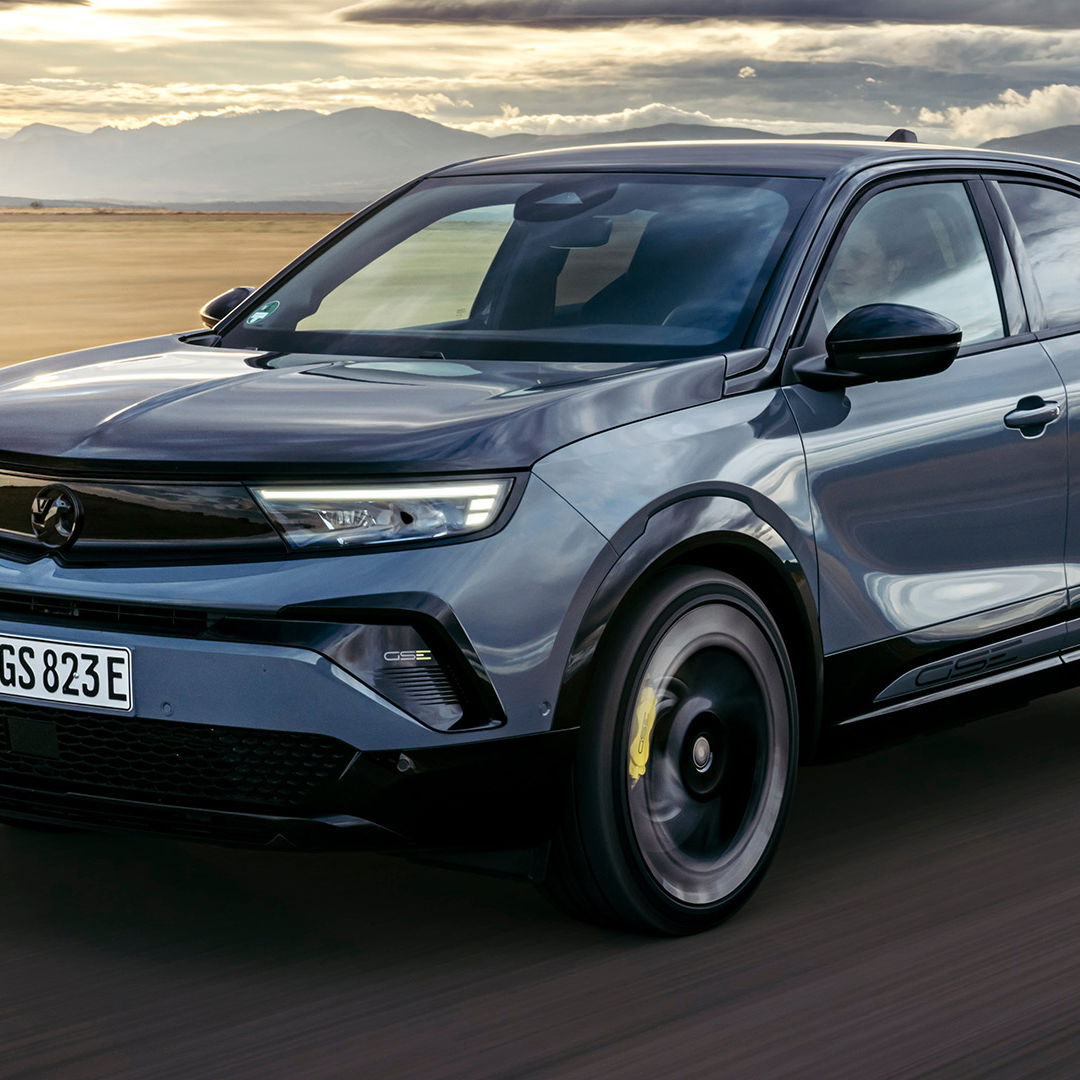

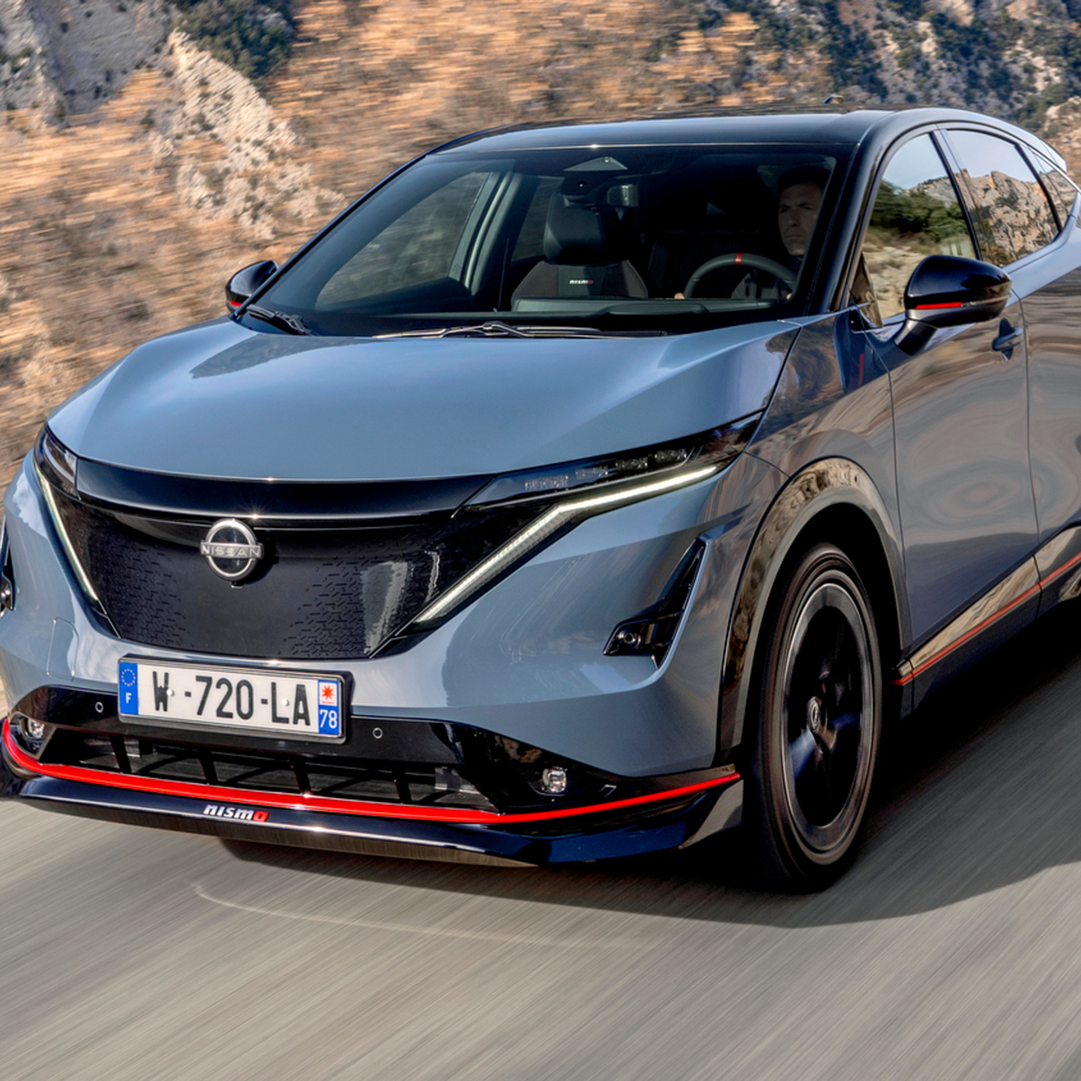
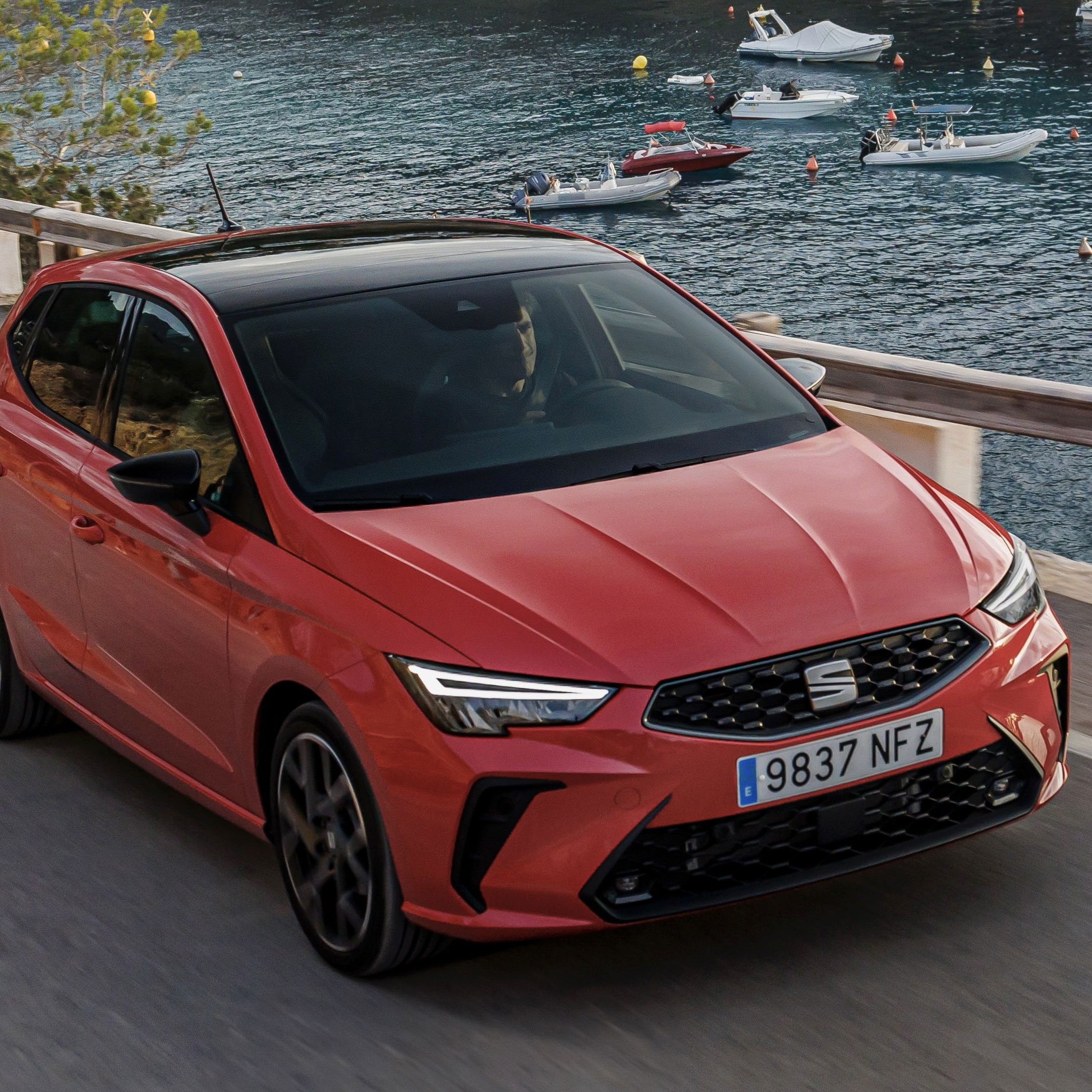

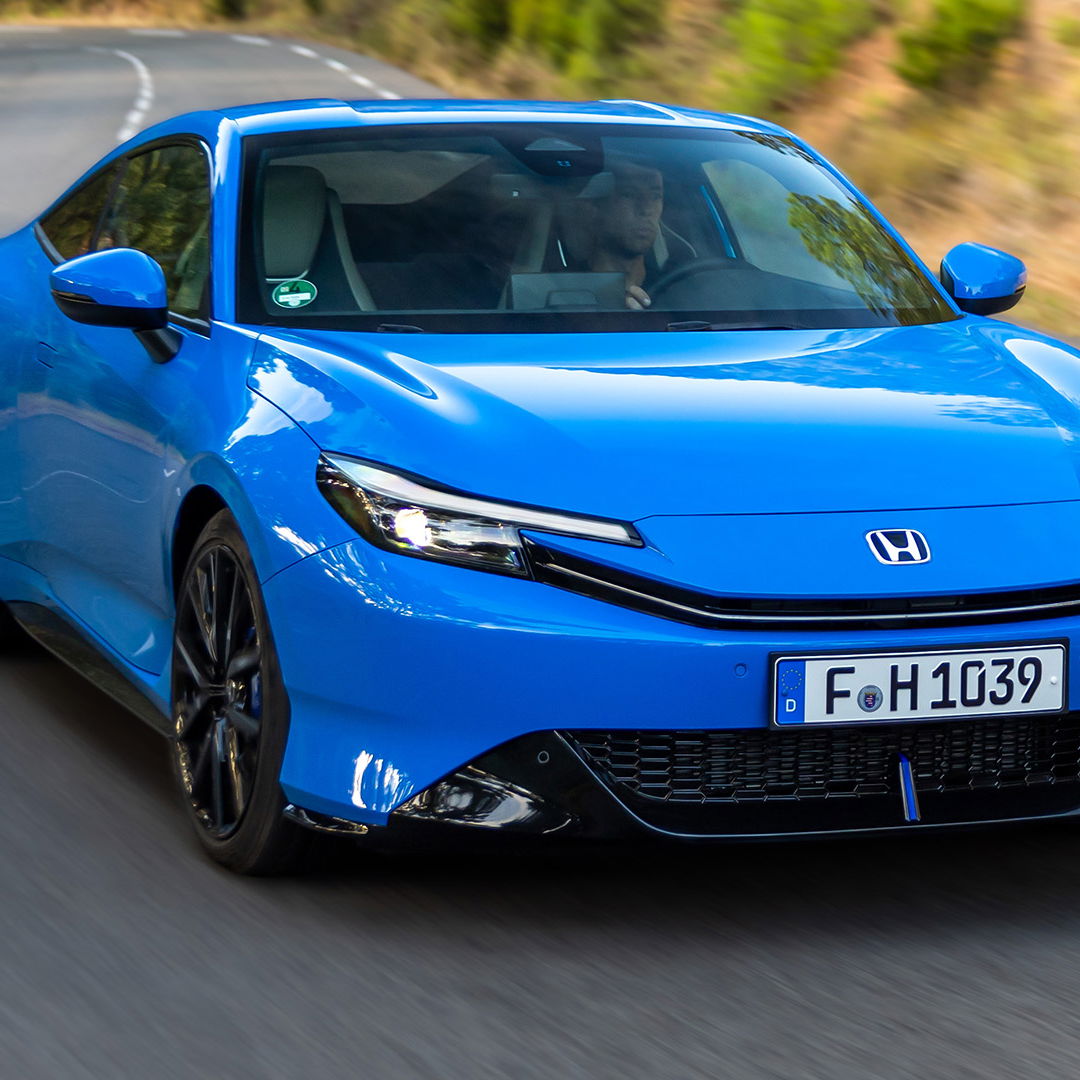
Comments